Joker: Folie à Deux closes the curtains for Joaquin Phoenix’s Arthur Fleck, one of the most popular versions of the Clown Prince of Crime. As it turns out, the sequel’s ending is so definitive that fans will wonder what its point is. Well, it’s complicated.
Warning: The following article contains major spoilers for Joker: Folie à Deux
Let’s recap the final moments of Joker: Folie à Deux. After spending two hours going back and forth with accepting he is the Joker, Arthur Fleck inspires the inmates of Arkham Asylum to rebel against the brutal guards. Since things get so heated with Joker’s trial, Ricky (Jacob Lofland), one of Joker’s admirers, gets choked to death for singing a song supporting Arthur. Arthur hears the whole ordeal and something flips inside his brain.
Feeling remorse for Ricky’s death, Arthur uses the last day of his televised trial to shun the Joker’s identity in public. He tells the cameras and the jury that there is no alter sharing his body, the Joker is a lie, and he’s the one responsible for the death and destruction he caused. That stance loses Arthur most of his supporters, including Harleen “Lee” Quinzel (Lady Gaga). As it turns out, Arthur is meaningless to everybody, and all people care about is the killer clown he became in the first movie.
Arthur’s courtroom confession doesn’t come early enough to stop some of his followers from planting a car bomb outside the building. After the bomb explodes, Harry Lawtey’s Harvey Dent gets caught in the blast, and half his face is damaged. The hole in the wall also allows Arthur to escape. Outside, Arthur must flee the Joker fans who want to turn him into a symbol, a position he now refuses. Finally, he has a painful goodbye with Lee, who confesses she never loves him, just the Joker.
Arthur is recaptured and sent to Arkham to wait for his sentencing after being deemed guilty by the jury moments before the explosion. There, he has a fateful encounter with an unnamed inmate (Connor Storrie). This inmate tells a joke about a declining clown drinking alone in the bar when he meets a fan. The fan is displeased with how things ended up for the clown, as he used to admire him.
The punchline of the joke is that the fan gets the clown “what he fucking deserves,” the same line Arthur used before shooting Murray Franklin (Robert De Niro). Likewise, the punchline comes with a shiv for Arthur. As Arthur dies alone on the cold floor of Arkham, his killer laughs hysterically, grabs the shiv, and cuts a smile on his own face. Joker is dead. Long live Joker.
Joker: Folie à Deux is a meta-commentary on Joker’s fanbase
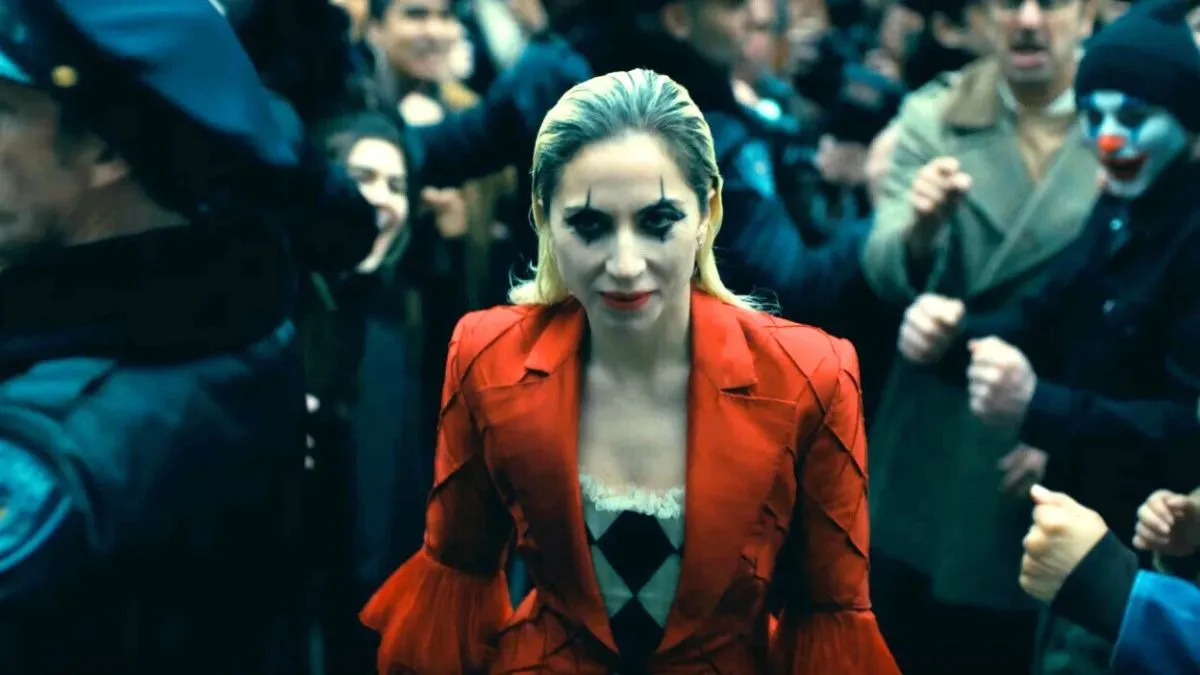
One criticism commonly leveled at Joker‘s revolves around Todd Phillips’ apparent disdain for comic books. In Joker, Phillips uses Gotham City as an excuse to shoot his version of 1982’s The King of Comedy. He keeps the comic book elements to such a minimum that the movie could unfold as it does, even if the main character were not the Clown Prince of Crime. In fact, that was Phillips’s declared goal. After all, he tried to avoid criticism for building a (too?) sympathetic psychopath by claiming Arthur Fleck was not the actual Joker, just an inspiration for the real deal.
Joker: Folie à Deux brings Phillips back full circle. He wants to tell the saddest story about the most sorrowful man but doesn’t want to deal with the repercussions of framing Joker’s bloody acts in a heroic light. So, he gives Arthur his redemption and immediately kills him. That way, he can bury once and for all the notion Arthur was the Joker.
To underline this, the unnamed inmate who kills Arthur even slashes his face to look like Heath Ledge’s Joker, viewed by many as the definitive version of the villain. In short, if Arthur had never been the Joker, Phillips has never been guilty of turning a deranged psychopath into a martyr of social revolution.
Joker: Folie à Deux’s disappointing journey is also a jab at fans. Lee and the masses who cheer for Joker want Arthur to embrace his devious personality. However, in the end, he’s just a broken man who did terrible things after losing control of his sanity. So, Arthur loses his followers.
This dynamic mimics the real-life reception of Joker. Phillips is convinced that his first DC movie is a human tragedy and that the direct tie-in to the comic books is more wishful thinking from the fans than a consequence of the script he co-wrote. Someone should point out that he did staple “JOKER” in capital letters in the opening credit. So, he might have some responsibility for people coming to the shocking (!) conclusion that the movie was about the beloved villain.
Well, Joker: Folie à Deux is Phillips’ way of having his cake and eating it, too. He wants to place himself above the divisive reception of Joker by shooting a story about how poor Arthur is nothing but a victim of society, and the fans who want him to be a villain are disillusioned. The fans are the real menace. Simultaneously, he ends up making the ending about the origin story of the real Joker because you have to give people what they want, right?
While there are many good arguments against and in favor of Joker, the ending of Joker: Folie à Deux is likely to disappoint. At least the fandom will be united again.

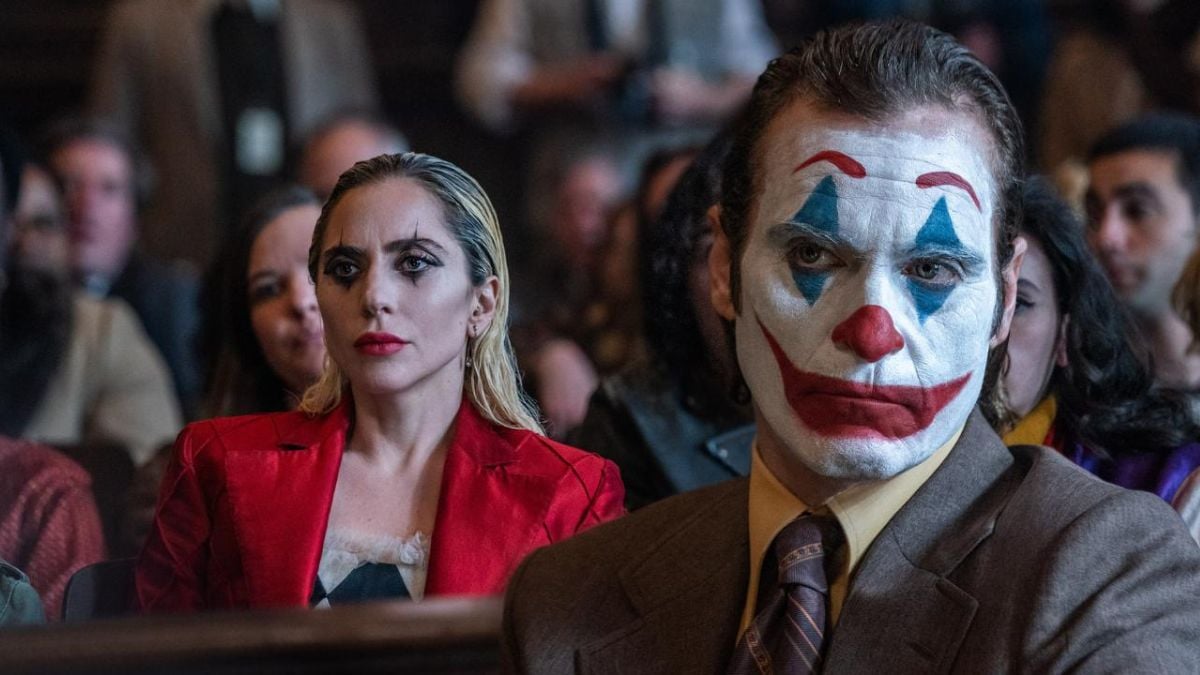
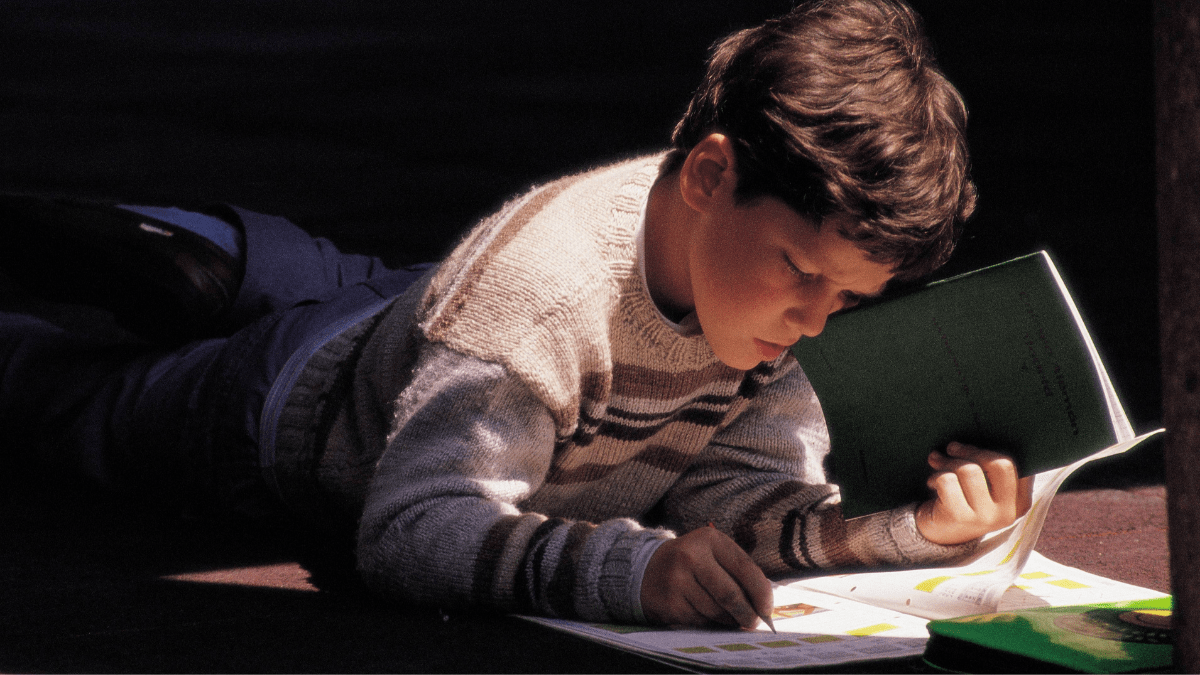
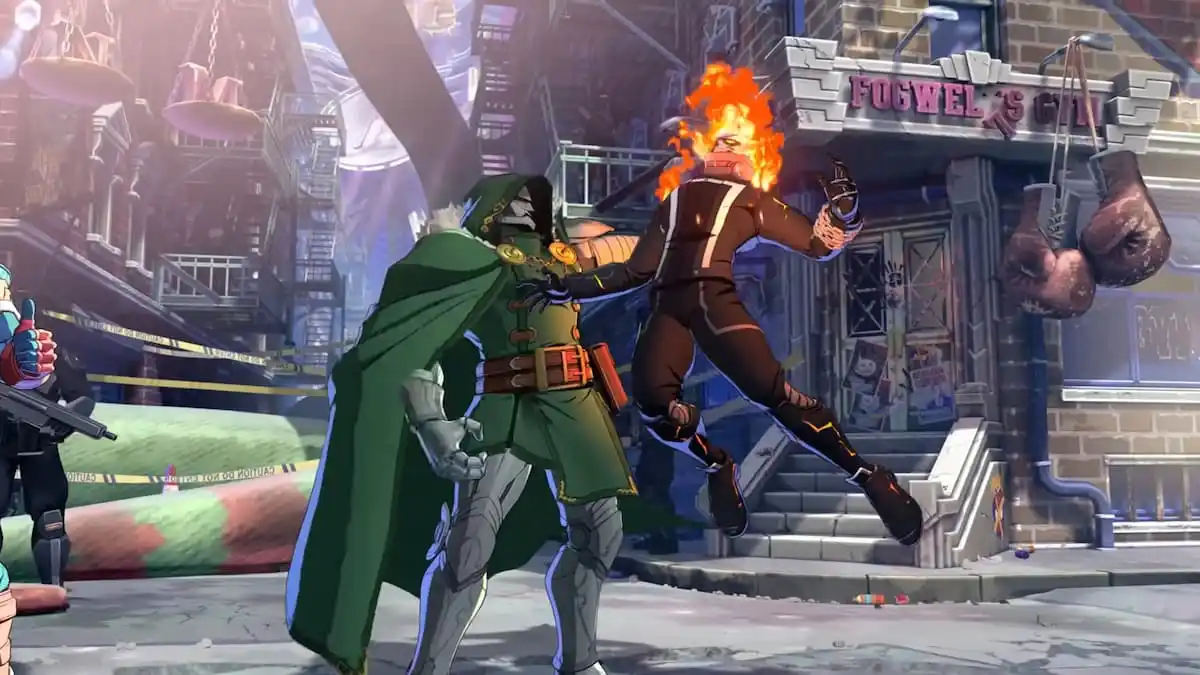
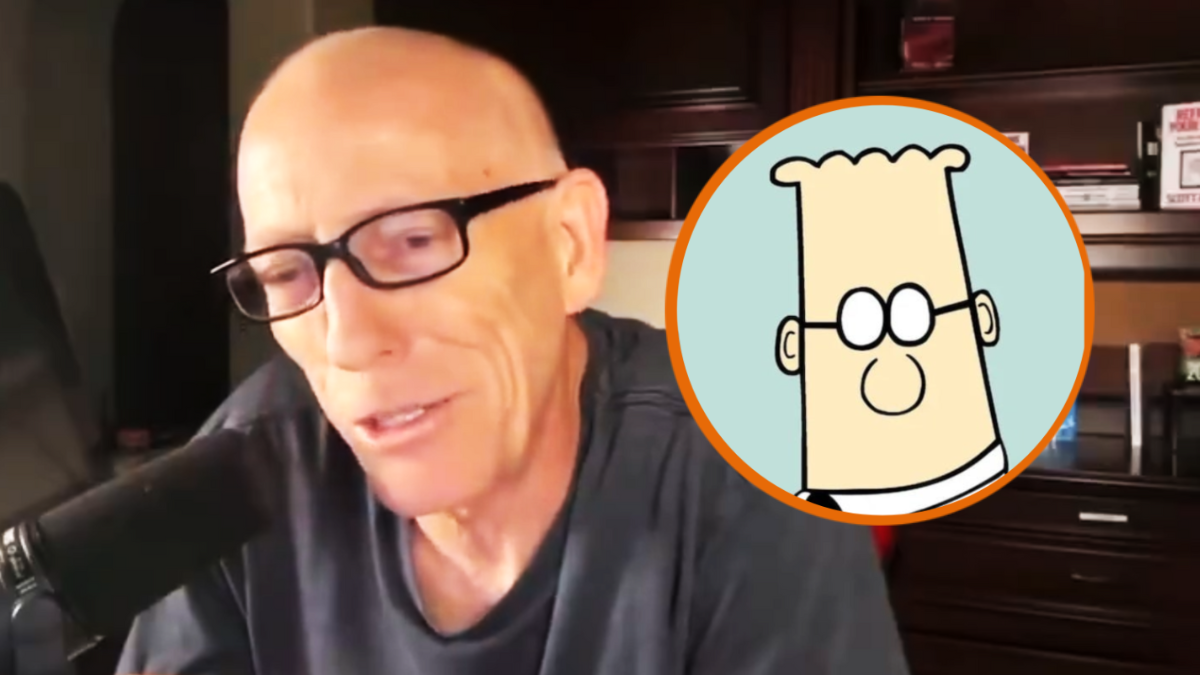

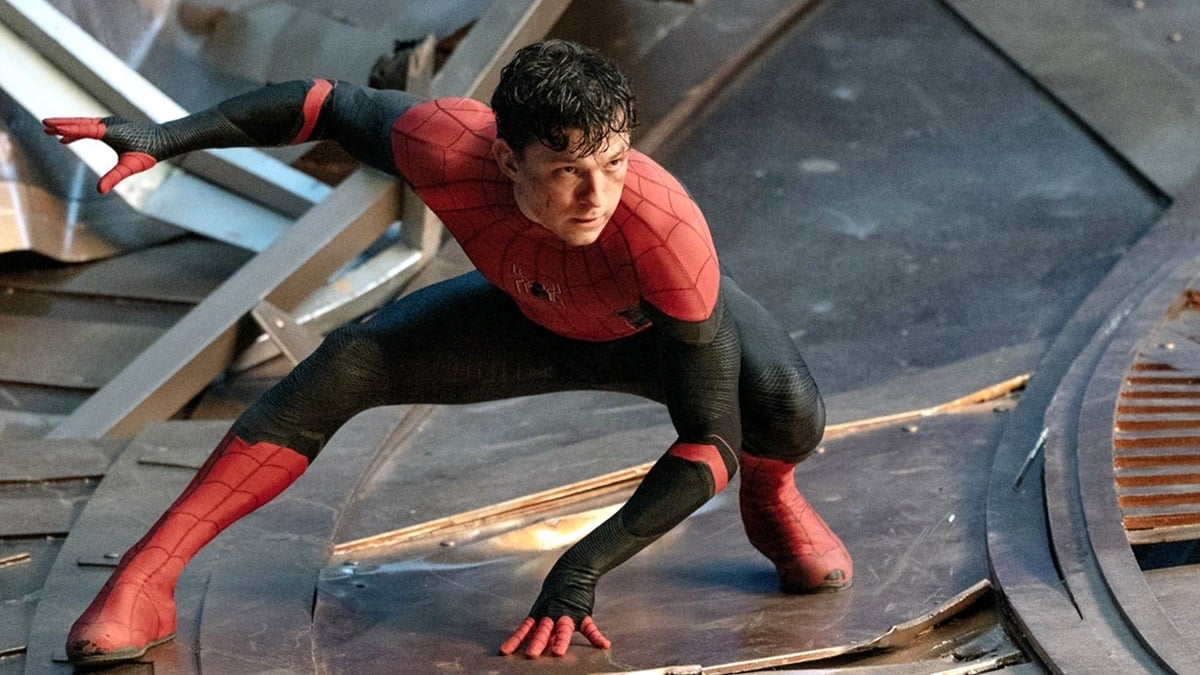
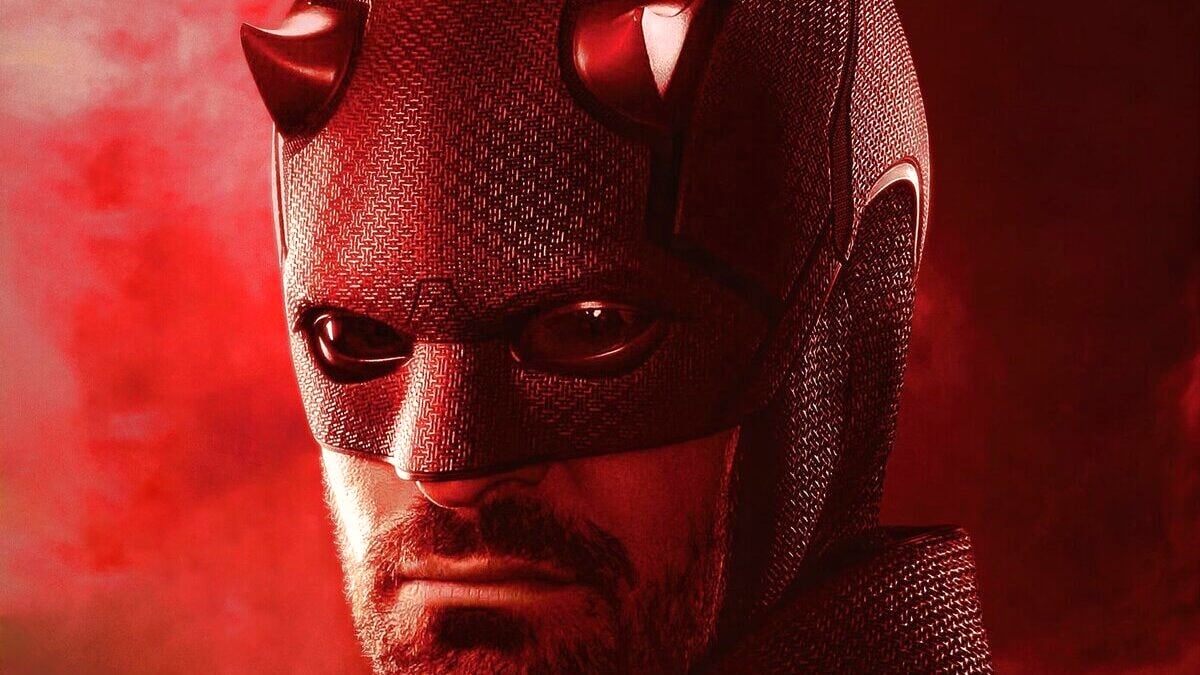
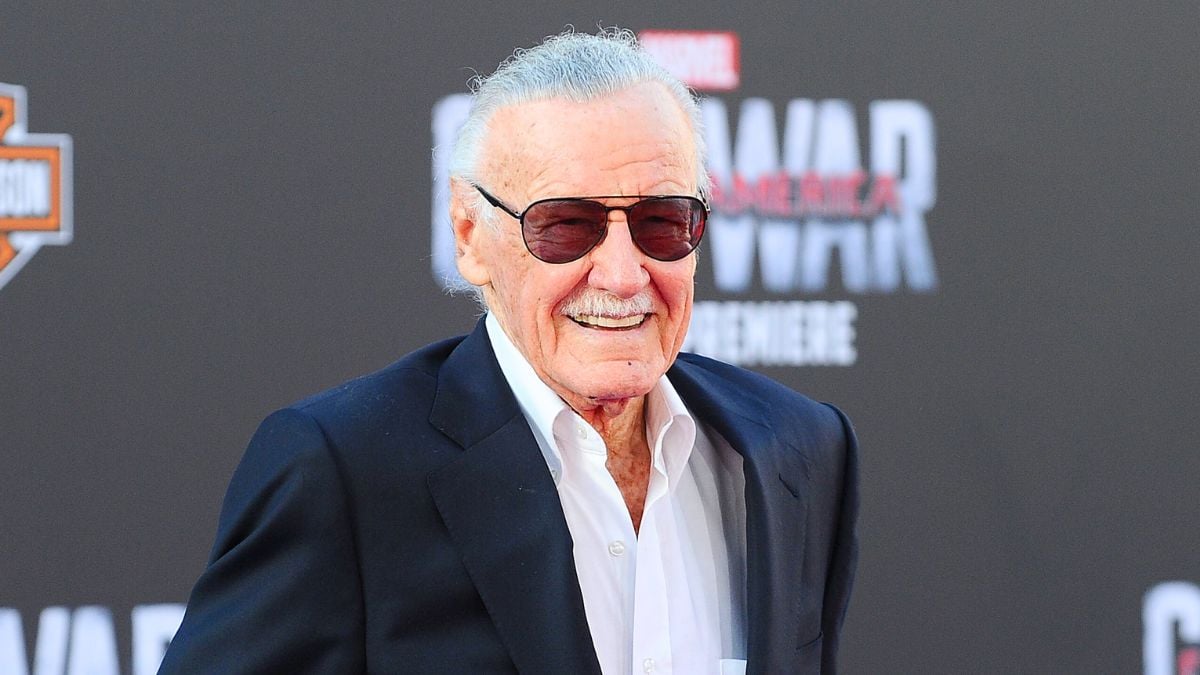
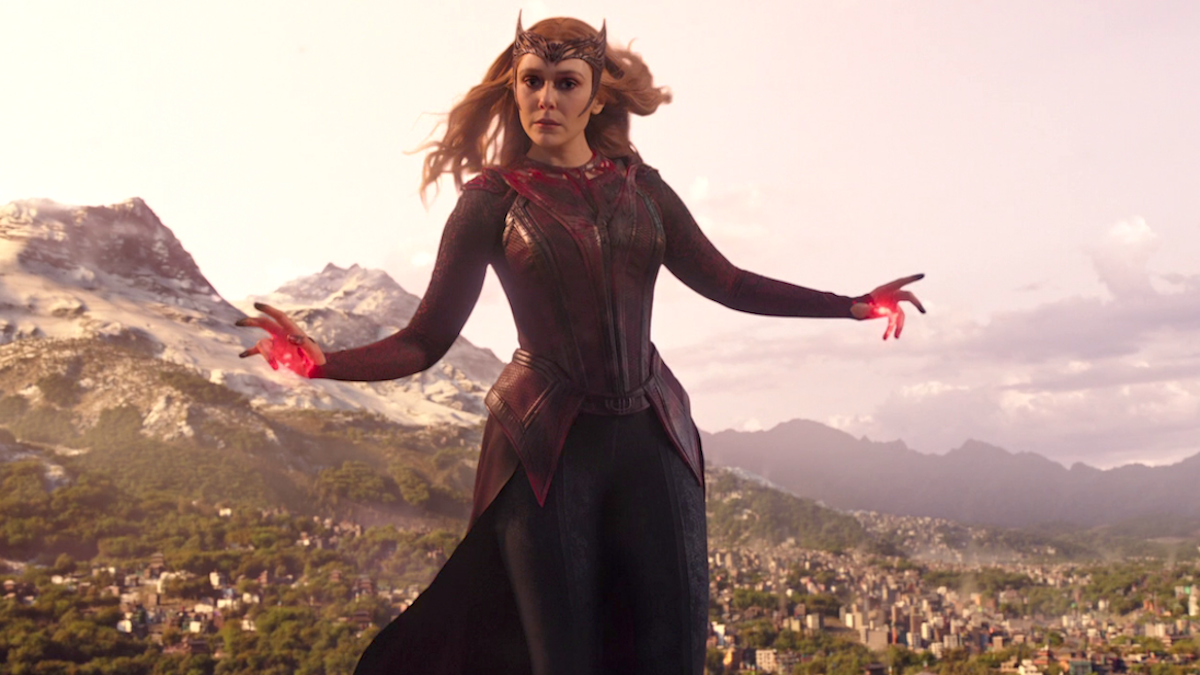

Published: Oct 3, 2024 07:16 am